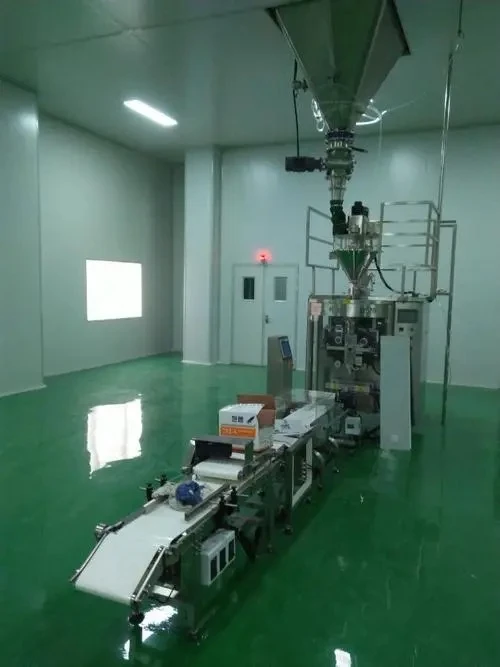- Afrikaans
- Albanian
- Amharic
- Arabic
- Armenian
- Azerbaijani
- Basque
- Belarusian
- Bengali
- Bosnian
- Bulgarian
- Catalan
- Cebuano
- Corsican
- Croatian
- Czech
- Danish
- Dutch
- English
- Esperanto
- Estonian
- Finnish
- French
- Frisian
- Galician
- Georgian
- German
- Greek
- Gujarati
- Haitian Creole
- hausa
- hawaiian
- Hebrew
- Hindi
- Miao
- Hungarian
- Icelandic
- igbo
- Indonesian
- irish
- Italian
- Japanese
- Javanese
- Kannada
- kazakh
- Khmer
- Rwandese
- Korean
- Kurdish
- Kyrgyz
- Lao
- Latin
- Latvian
- Lithuanian
- Luxembourgish
- Macedonian
- Malgashi
- Malay
- Malayalam
- Maltese
- Maori
- Marathi
- Mongolian
- Myanmar
- Nepali
- Norwegian
- Norwegian
- Occitan
- Pashto
- Persian
- Polish
- Portuguese
- Punjabi
- Romanian
- Russian
- Samoan
- Scottish Gaelic
- Serbian
- Sesotho
- Shona
- Sindhi
- Sinhala
- Slovak
- Slovenian
- Somali
- Spanish
- Sundanese
- Swahili
- Swedish
- Tagalog
- Tajik
- Tamil
- Tatar
- Telugu
- Thai
- Turkish
- Turkmen
- Ukrainian
- Urdu
- Uighur
- Uzbek
- Vietnamese
- Welsh
- Bantu
- Yiddish
- Yoruba
- Zulu
ഡിസം . 11, 2024 10:38 Back to list
Tylosin Injection for Veterinary Use and Its Applications in Animal Health
Tylosin Injection in Veterinary Medicine Applications and Considerations
Tylosin is a macrolide antibiotic that is widely used in veterinary medicine for the treatment of various bacterial infections in livestock and companion animals. It is particularly effective against Gram-positive bacteria and some Gram-negative organisms, making it an essential tool in the management of animal health. This article will explore the applications, dosage, safety considerations, and potential side effects associated with the use of tylosin injection in veterinary practices.
Applications of Tylosin Injection
Tylosin is used to treat a range of infections, primarily respiratory, gastrointestinal, and skin infections. In ruminants, such as cattle and sheep, tylosin is often administered to control pneumonia caused by certain bacteria. For pigs, it is commonly utilized to address respiratory diseases and infections associated with the gastrointestinal tract, including bacterial enteritis. In addition, tylosin is also employed in poultry to manage chronic respiratory diseases and other bacterial infections.
Beyond its antibacterial properties, tylosin has shown benefits in improving growth rates and feed efficiency in livestock. The antibiotic promotes growth through its action on gut flora, leading to better nutrient absorption. This has made tylosin a popular choice in the agricultural sector, where economic factors play a crucial role in livestock production.
Dosage and Administration
Tylosin injection is typically administered subcutaneously or intramuscularly, depending on the specific guidelines provided by veterinarians. The dosage varies based on the type of animal, the severity of the infection, and the veterinarian’s judgment. It is crucial to follow the prescribed dosage meticulously to avoid underdosage, which could lead to treatment failure, or overdosage, which might result in toxicity or antibiotic resistance.
The duration of treatment usually ranges from several days to two weeks, depending on the infection being treated. It is important to monitor the animal’s response during this period and consult a veterinarian if the condition does not improve, as this may indicate the need for a different antibiotic or treatment strategy.
tylosin injection veterinary

Safety Considerations and Side Effects
One of the most significant concerns with the use of antibiotics, including tylosin, is the potential development of antibiotic resistance. Overuse or misuse of tylosin can lead to resistant bacteria, which can pose a considerable risk to both animal and human health. Thus, tylosin should only be used when prescribed by a licensed veterinarian and under their supervision to ensure that it is appropriate for the indicated condition.
Tylosin is generally well-tolerated by animals, but like any medication, it may cause side effects in some cases. Potential side effects include gastrointestinal disturbances, such as diarrhea or vomiting, and allergic reactions, which may manifest as swelling, itching, or difficulty breathing. If any adverse effects are observed, it is essential to contact a veterinarian immediately for guidance.
Withdrawal Times and Food Safety
With the growing awareness of food safety, special attention must be given to withdrawal times. Withdrawal time refers to the period that must elapse after the last treatment before an animal can be slaughtered for food or its products (like milk or eggs) can be consumed. For tylosin, this period varies according to the species and the form of administration. Veterinarians must be vigilant about observing withdrawal times to ensure that residues do not enter the human food chain.
Conclusion
Tylosin injection plays a vital role in veterinary medicine, providing effective treatment for various bacterial infections and enhancing livestock productivity. However, it is crucial to use this antibiotic judiciously to minimize the risks of resistance and side effects. Proper dosage, monitoring, and adherence to withdrawal times are essential components of safe and effective tylosin use. As veterinary medicine continues to evolve, responsible antibiotic use will be paramount in promoting animal health and maintaining food safety standards.
-
Guide to Oxytetracycline Injection
NewsMar.27,2025
-
Guide to Colistin Sulphate
NewsMar.27,2025
-
Gentamicin Sulfate: Uses, Price, And Key Information
NewsMar.27,2025
-
Enrofloxacin Injection: Uses, Price, And Supplier Information
NewsMar.27,2025
-
Dexamethasone Sodium Phosphate Injection: Uses, Price, And Key Information
NewsMar.27,2025
-
Albendazole Tablet: Uses, Dosage, Cost, And Key Information
NewsMar.27,2025













